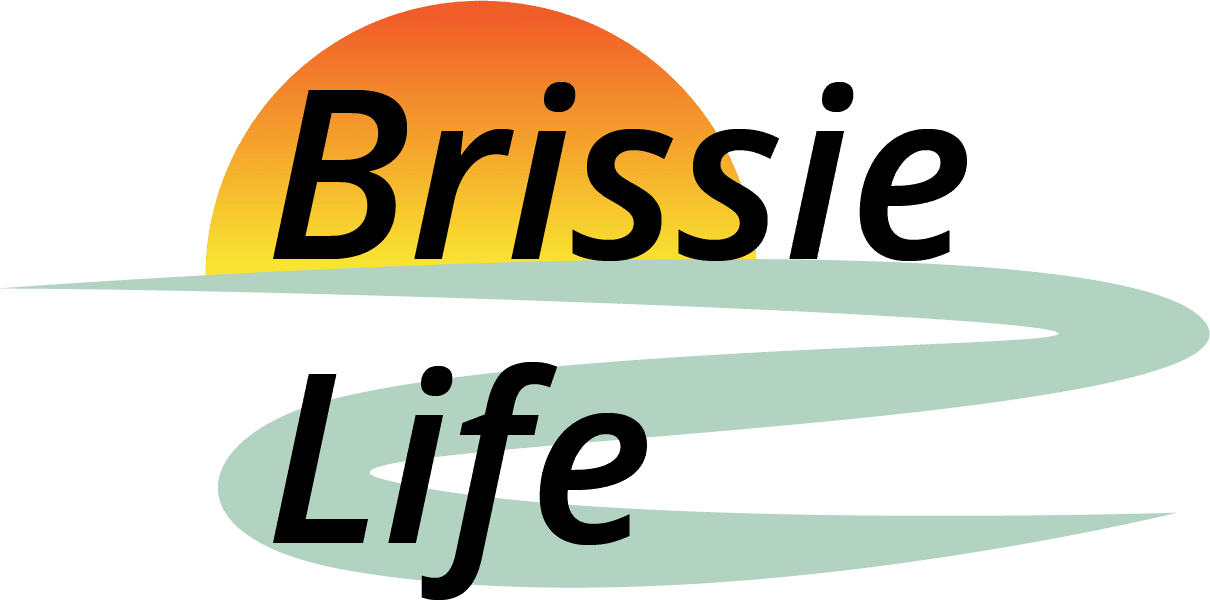If you’re looking to learn about Brisbane’s history while getting outdoors and exploring tunnels, experience one of the Fort Lytton National Park tours. The main attraction here is the Fort Lytton Historic Military Precinct, Brisbane’s primary defence facility from 1881 to the end of WWII. Set on the edge of the Brisbane River, the fort will particularly appeal to history enthusiasts as well as kids, as there’s plenty of space to run about.
“All my pals I came over with are gone, but 7 out of 150 remain. It’s simply scientific murder.”
~ a soldier’s notes recorded at the fort.
Our Experience – Fort Lytton National Park Tours
I recommend a tour if you’re visiting Fort Lytton, as the guides are knowledgeable and you can piece together its story much more easily. You can explore freely if you choose, but we took a tour and didn’t regret it. If you’re travelling with young kids, it might be a bit slow for them but you can leave and regroup as you please.
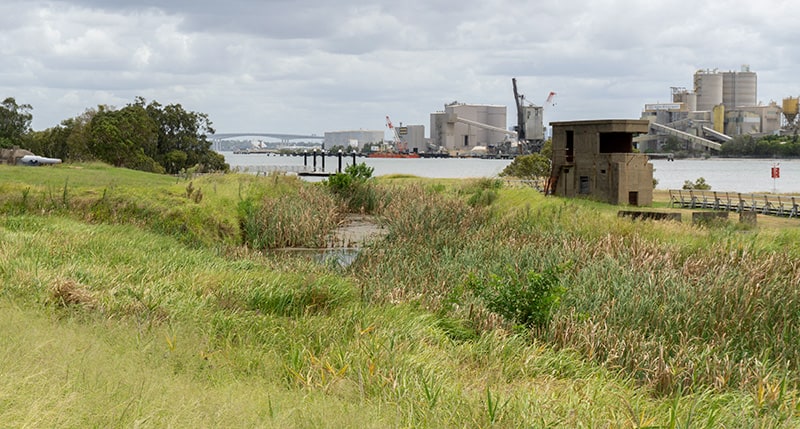
Overall, it was worth experiencing the Fort Lytton National Park tours, but only just, as we’re not military enthusiasts and I couldn’t help but feel that, despite the history, Fort Lytton’s involvement in the wars was minimal. Nevertheless, it remains an important part of Brisbane’s history and it’s a bit of fun exploring the tunnels and looking at the old machinery/electrical equipment, which was apparently quite advanced for its time.
Fort Lytton National Park – The Military Precinct’s Primary Purpose
Fort Lytton served to defend over 80 US submarines stationed in the Brisbane River during WWII. The fort also trained coastal defence batteries to operate 155mm guns, and in the early 1950s it was upgraded to support Australia’s involvement in the Korean War. Fort Lytton’s last active use was in the 1960s, when it was used to spy on the Indonesian military during a coup.

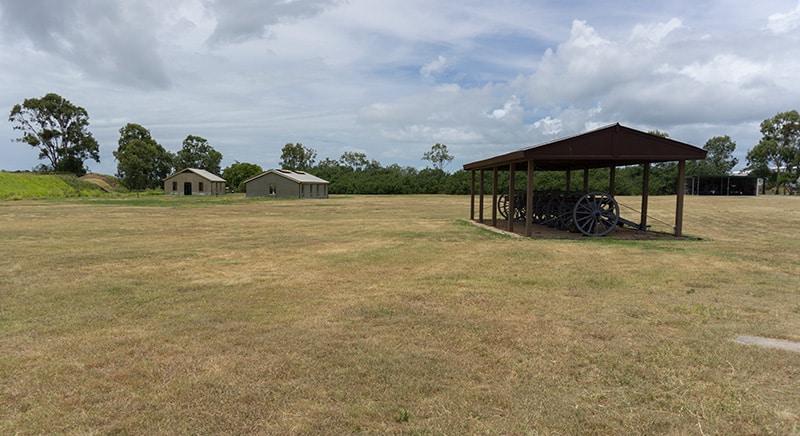


Carron Cannon
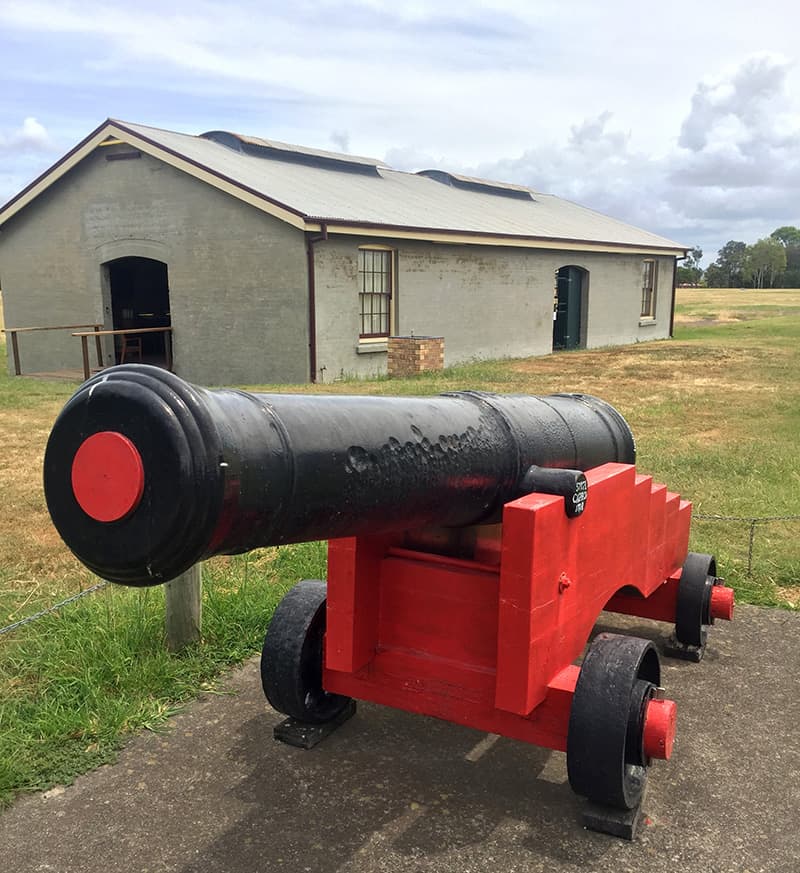
This Carron Cannon was manufactured at the Carron Works in Scotland in 1798. Arriving in Brisbane in 1862, the cannon was past its day at the time and was used for saluting, not combat. In 1879 it went off prematurely and killed two officers at Fort Lytton.
Disappearing Guns

This gun was one of the more interesting facts we learnt on the Fort Lytton National Park Tours. The gun was known as a disappearing gun, which was loaded in the pit below. Once loaded, the gun was elevated using a ‘hydro-pneumatic ram’. The gun was exposed only for 20 seconds, as after firing the force of the recoil would return the gun to its original position in the pit, making it ‘disappear’. The gun remained active from 1890 – 1938.

The Twin 6-Pounder Gun

Japanese submarines proved the biggest threat to Brisbane’s defences during WWII. To defend against such attacks, the fort was equipped with the quick-firing twin 6-pounder gun, which offloaded up to 80 rounds per minute. To operate it, ammunition was loaded onto the railed trolley (pictured below), which followed the gun’s movement. The gun was then aimed and fired remotely from a command post.


Exploring Fort Lytton’s Tunnels
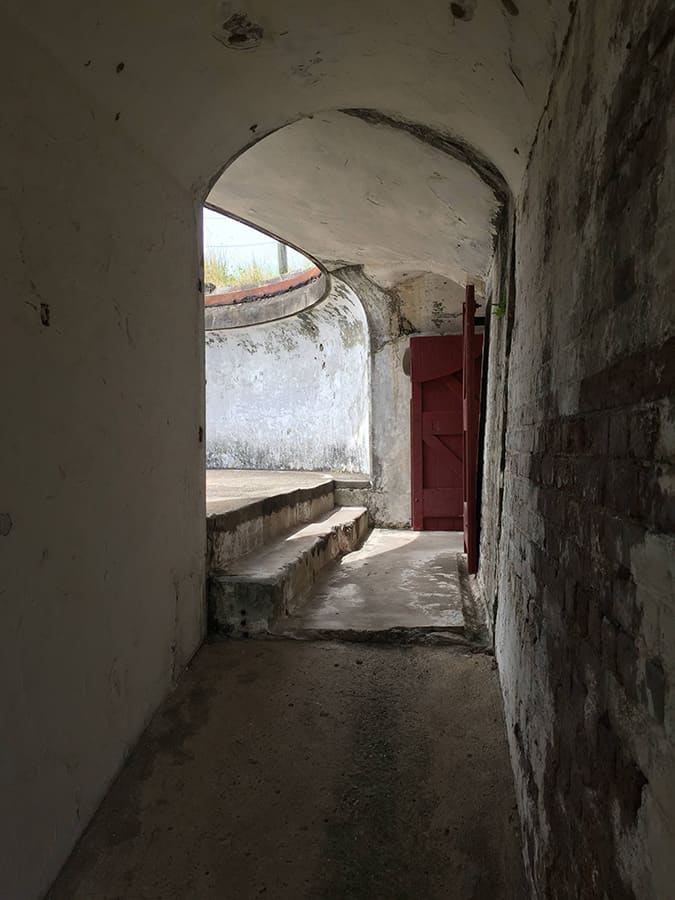







A Few Fast Facts
- There’s a museum located on site
- Fort Lytton is only open on Sundays and public holidays, from 10am to 4pm.
- Admission and guided Fort Lytton National Park Tours are free.
- There are reenactments and live gun-firing events open to the public.
- You can also tour Fort Lytton National Park at night.
- Fort Lytton National Park lies just across from Brisbane Airport.
See Fort Lytton’s website for more details.
